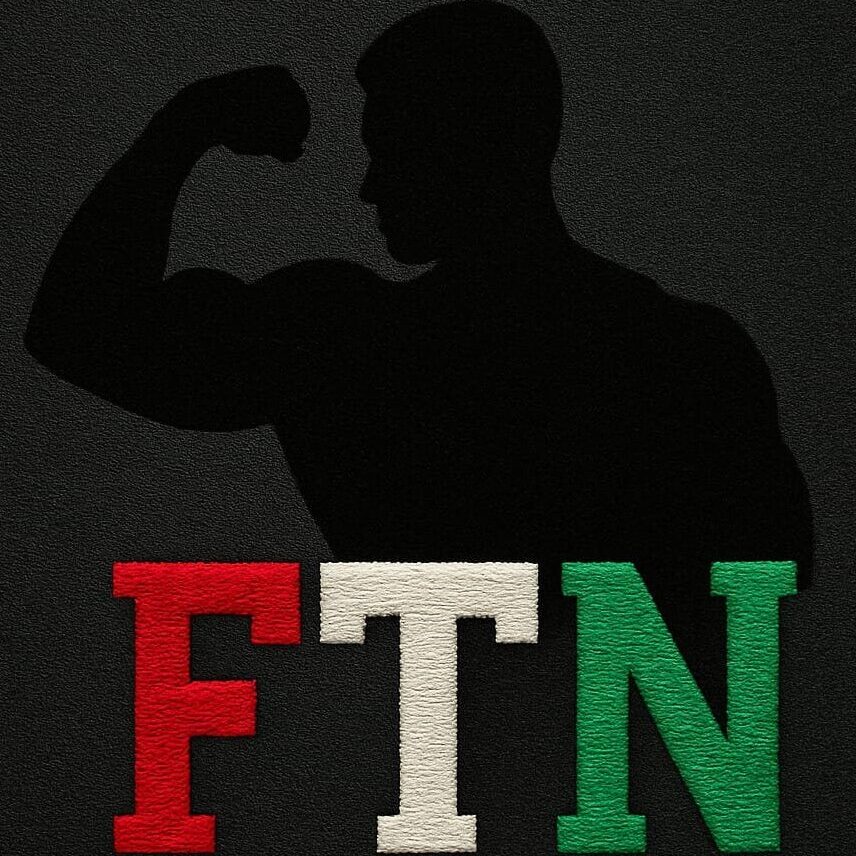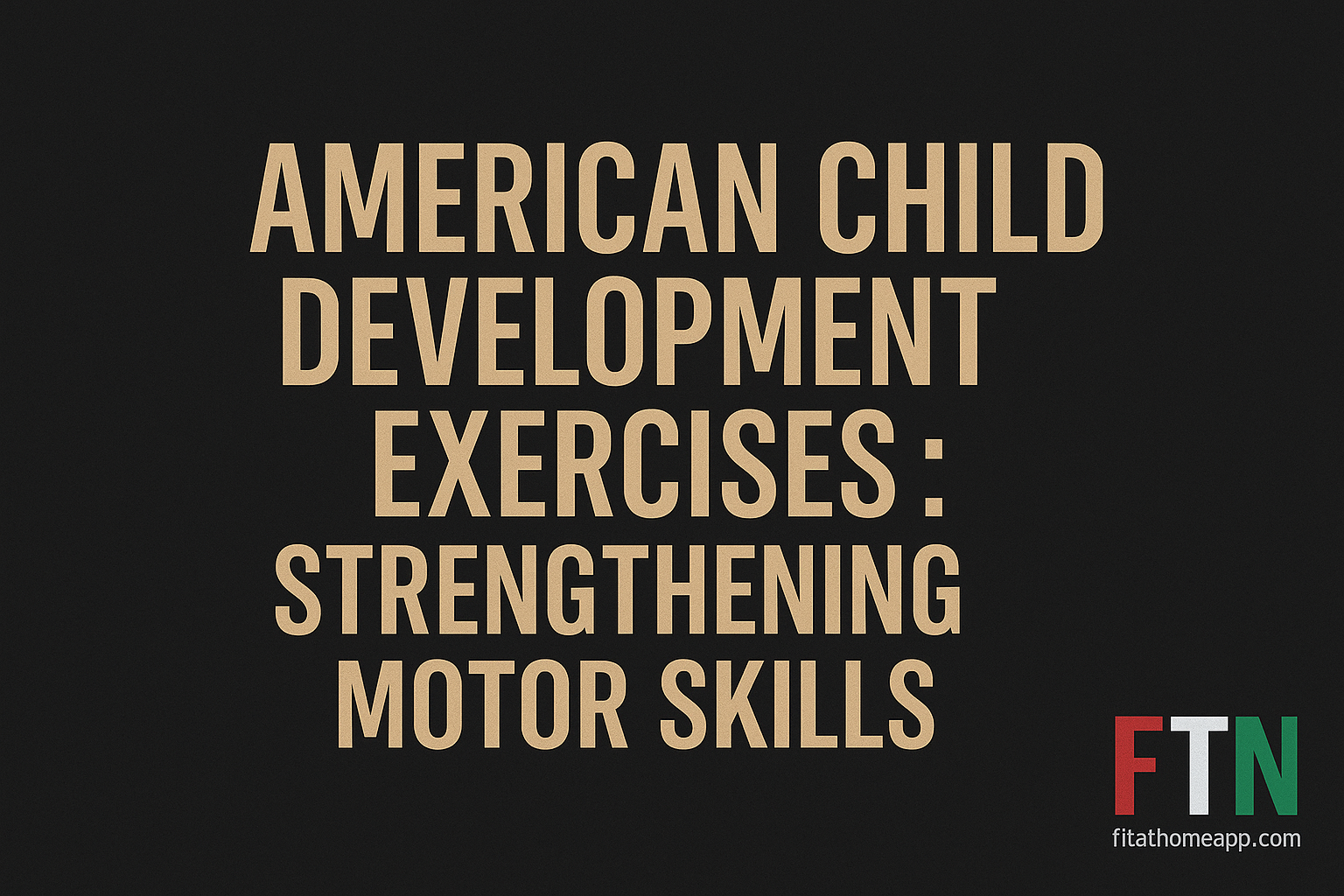Understanding Motor Skills Development in Children: A Guide for Parents
Motor skills are fundamental to a child’s growth, allowing them to interact with their surroundings, build independence, and navigate daily life. These abilities are typically classified into two main types: gross motor skills and fine motor skills.
Gross motor skills involve large muscle movements—such as walking, jumping, climbing, and running—that help children develop strength, balance, and coordination. These movements are essential for exploring the world physically and participating in active play.
On the other hand, fine motor skills rely on smaller muscles, especially in the hands and fingers. These skills are responsible for more precise tasks like writing, buttoning shirts, tying shoelaces, and using eating utensils. Fine motor development is crucial for academic tasks and day-to-day independence.
Together, gross and fine motor skills are the building blocks of a child’s ability to learn, play, and grow with confidence. Supporting these skills from an early age helps pave the way for success in school, sports, and personal development.
Why Motor Skills Matter for Early Childhood Development
Motor skills do more than support physical ability—they play a key role in a child’s cognitive, emotional, and social development. When children develop strong motor skills, they can better interact with peers, engage in structured activities, and gain independence.
For example, a child who has mastered balance and coordination is more likely to join in playground games, which in turn helps them learn about cooperation, sharing, and teamwork. Similarly, a child with well-developed fine motor skills can keep up in the classroom—cutting paper, drawing, or writing without frustration.
Moreover, studies have shown that physical movement supports brain development. Activities that challenge a child physically also activate areas of the brain responsible for memory, focus, and problem-solving. As a result, motor skill development enhances not just physical growth, but academic readiness and emotional resilience.
Fun and Effective Motor Skill Exercises for Kids
Helping your child improve their motor skills doesn’t require expensive equipment or complicated routines. Simple, engaging activities—especially those inspired by American-style play and family fun—can be highly effective.
Gross Motor Skill Activities
Backyard Obstacle Course 🏃
Create a fun obstacle course using household items. Include actions like jumping over pillows, crawling under chairs, or balancing on a taped line. This boosts agility, coordination, and confidence.Animal Walks 🐸
Have your child imitate animals—hop like a frog, waddle like a duck, or slither like a snake. This imaginative play is especially great for toddlers and preschoolers and helps build balance and strength.Freeze Dance 🎵
Play upbeat music and have your child dance around, then “freeze” when the music stops. This playful game improves body awareness and encourages listening skills.Hopscotch and Jump Ropes 🪁
Traditional games like hopscotch or jumping rope promote cardiovascular fitness, coordination, and rhythm—all essential gross motor skills.
Fine Motor Skill Activities
Bead Threading 🎨
Give your child colorful beads and string to create bracelets or necklaces. This improves hand-eye coordination and finger dexterity. Be sure to use large, safe beads for younger children.Play-Dough Creations 🧠
Rolling, pinching, and shaping dough helps strengthen finger muscles. Encourage your child to create animals, food, or letters to make it even more fun.Scissor Crafts ✂️
Let your child practice cutting along lines or shapes with child-safe scissors. Pair this with art projects to enhance creativity while improving grip control.Puzzle Solving 🧩
Putting together puzzles encourages spatial awareness and problem-solving while working the small muscles in the hands.
These activities offer an enjoyable and practical way to build motor skills while fostering creativity and play-based learning.
Making Motor Skill Development a Part of Daily Life
Motor skill development shouldn’t feel like a chore—it can be easily integrated into your family’s routine in fun and natural ways. Here’s how:
Incorporate movement into daily play: Schedule at least 30 minutes of active play every day. This could be a walk to the park, dancing indoors, or playing ball in the backyard.
Turn chores into practice: Have your child help set the table (fine motor), sweep the floor (gross motor), or carry light groceries (coordination and strength).
Use mealtime for development: Encourage your child to open food containers, stir ingredients, or help with simple food prep to enhance grip and control.
Balance screen time with hands-on activities: Offer coloring books, blocks, or simple crafts as alternatives to tablets and TVs.
Creating a balanced environment that combines structured activities and free play gives your child room to explore and build both gross and fine motor skills at their own pace.
How to Monitor and Support Your Child’s Progress
Children develop at different speeds, but there are general milestones to watch for:
By age 2: Running, climbing, and using both hands to manipulate toys.
By age 3–4: Hopping, throwing and catching balls, using scissors, and drawing basic shapes.
By age 5–6: Skipping, riding a bike, writing letters, and tying shoelaces.
If your child seems to struggle with basic tasks like grasping objects or walking steadily, it’s a good idea to consult with a pediatrician or occupational therapist. Early intervention can be highly effective in addressing delays.
Meanwhile, remember to celebrate small wins. Whether your child cuts along a straight line or kicks a ball across the yard, offering praise boosts motivation and builds confidence. Encouraging words like “You’re getting stronger every day!” can make a lasting impact on their self-esteem.
Encouragement and Final Thoughts
Supporting your child’s motor skill development is one of the most important investments you can make in their overall growth. These skills lay the groundwork for academic success, physical health, social participation, and self-reliance.
The good news is that the process can be fun, collaborative, and deeply rewarding. By engaging in simple, consistent activities—and adapting them to your child’s age and interests—you can foster progress in a positive, stress-free way.
From obstacle courses and craft projects to team sports and nature walks, every moment of movement is a step toward a more confident and capable child. Keep the experience joyful, patient, and encouraging—and watch your child thrive in every area of life.
This video offers a practical and engaging overview of nine sensory and gross motor activities using simple disc cones—making it a great resource for parents, teachers, and therapists. The exercises are fun, easy to replicate at home or in a classroom, and encourage full-body movement, coordination, balance, and sensory integration.
The pacing is appropriate, and each activity is clearly shown with minimal distractions. The visual demonstrations are especially helpful for viewers who may be unfamiliar with how to structure motor play sessions.
However, the video lacks voice narration, subtitles, or contextual explanation—which could limit its accessibility and educational value for some viewers, especially those who want to understand why each activity matters developmentally.

